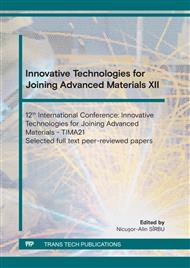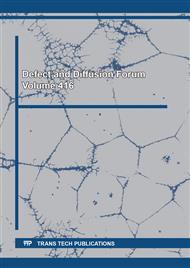p.115
p.123
p.131
p.139
p.145
p.153
p.159
p.167
p.173
Critical Analysis of some Practices of Joining Stainless Steel Pipes Used in the Food Industry from the Perspective of Hygienic Welding Principles
Abstract:
Future EU policies on the dynamics of the food industry impose increasingly stringent hygiene principles. The principles of hygienic design are becoming more and more extensive, with the chapter on hygienic welding occupying a priority position. Surfaces that come into contact with food must be free of imperfections. In order to achieve these goals, research is being undertaken aimed at the continuous improvement of manufacturing technologies. This paper covers some aspects of a critical analysis of welded joints in stainless steel pipes used in the food industry. Some correlations of surface imperfections from the interior areas of the pipes jointed, with a big level of contamination, based on sanitation tests and visual analyses are presented. The conclusions contain some express technological recommendations for the designers of manufacturing and maintenance technologies, especially for welding specialists.
Info:
Periodical:
Pages:
145-150
Citation:
Online since:
May 2022
Keywords:
Price:
Сopyright:
© 2022 Trans Tech Publications Ltd. All Rights Reserved
Share:
Citation:



